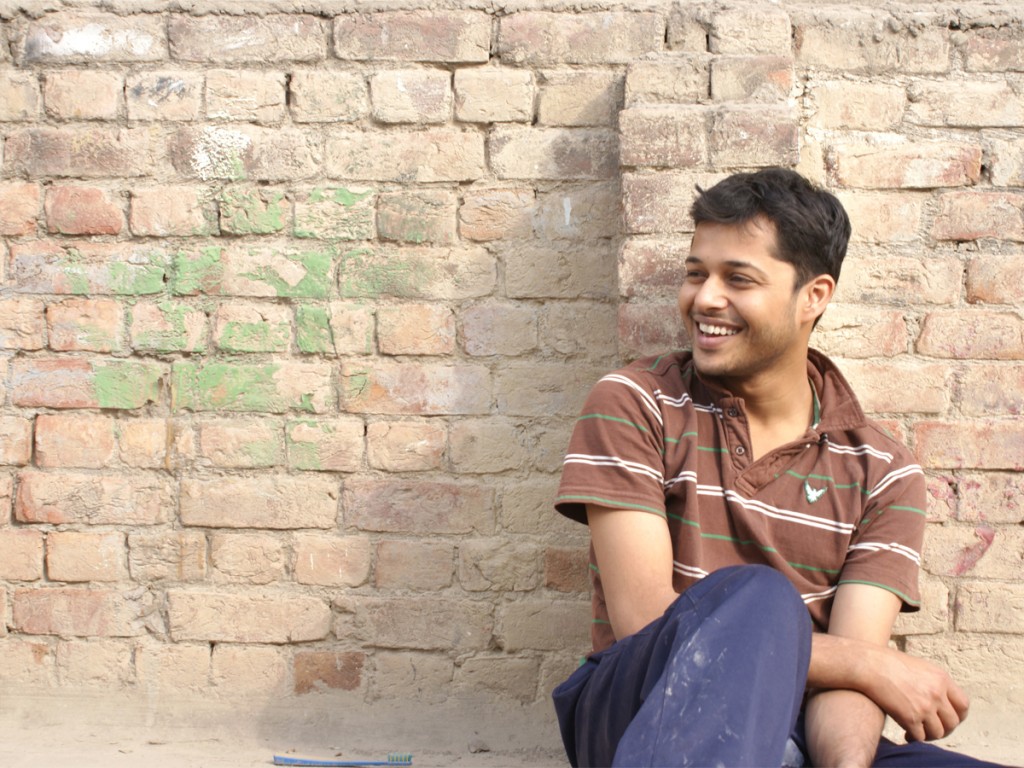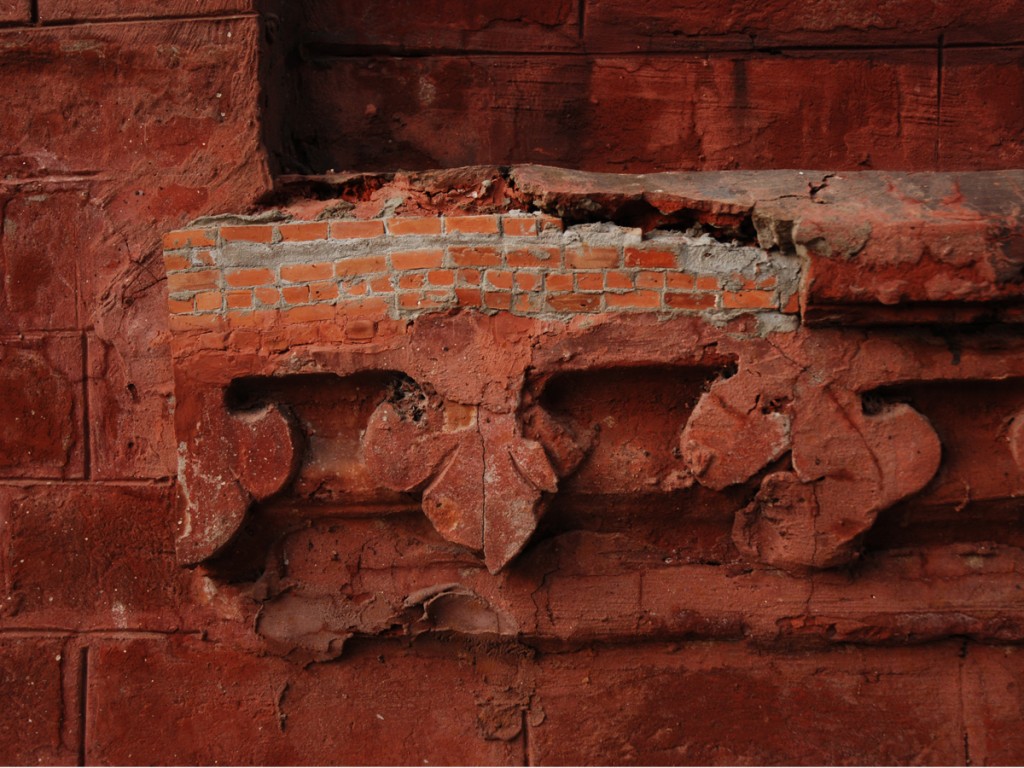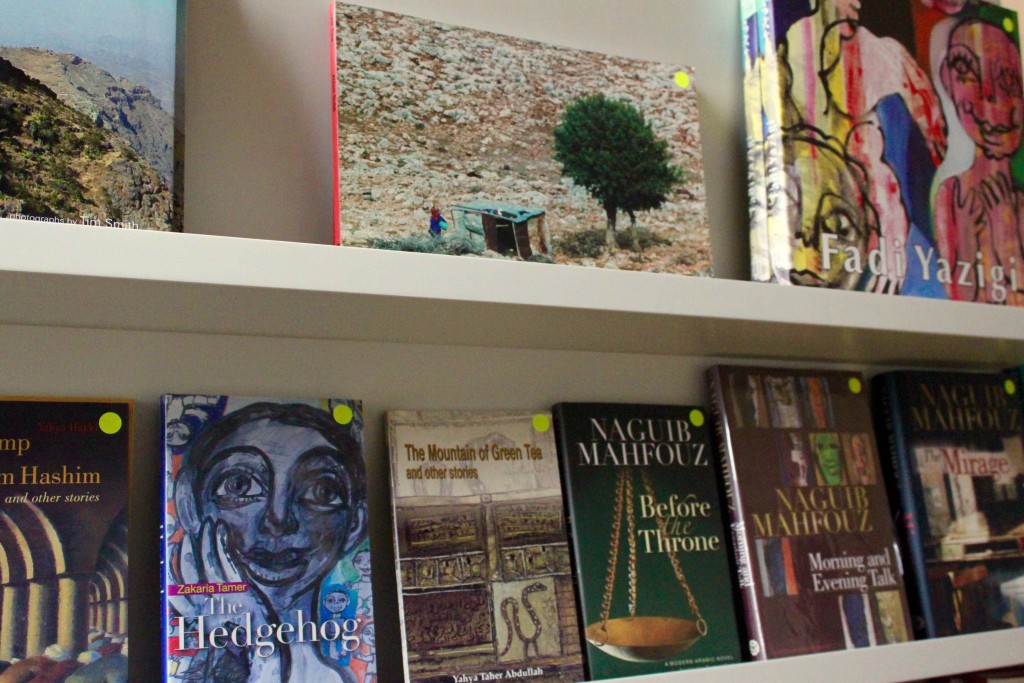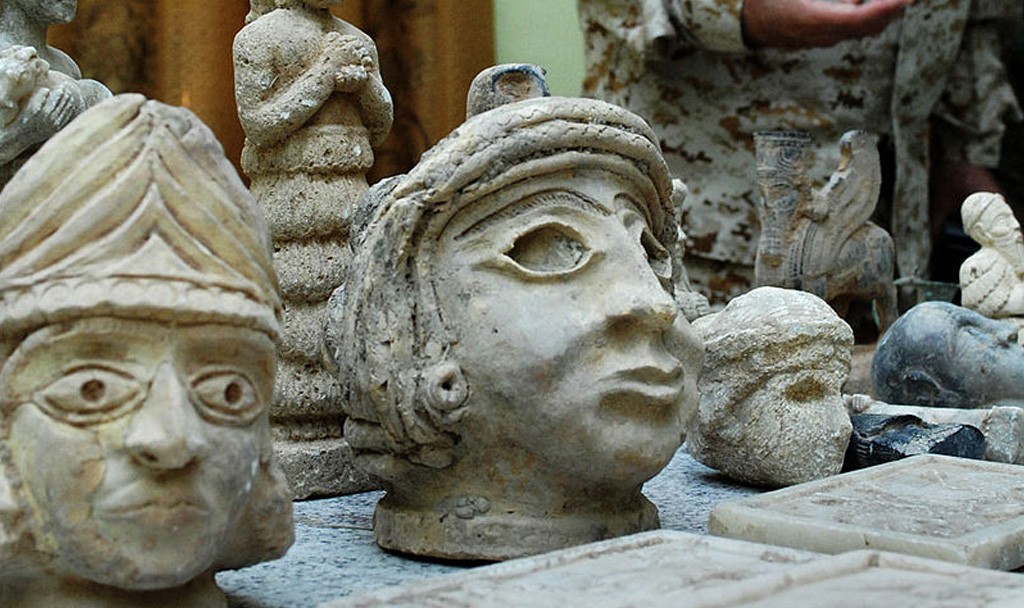Posted by Shohini Chaudhuri
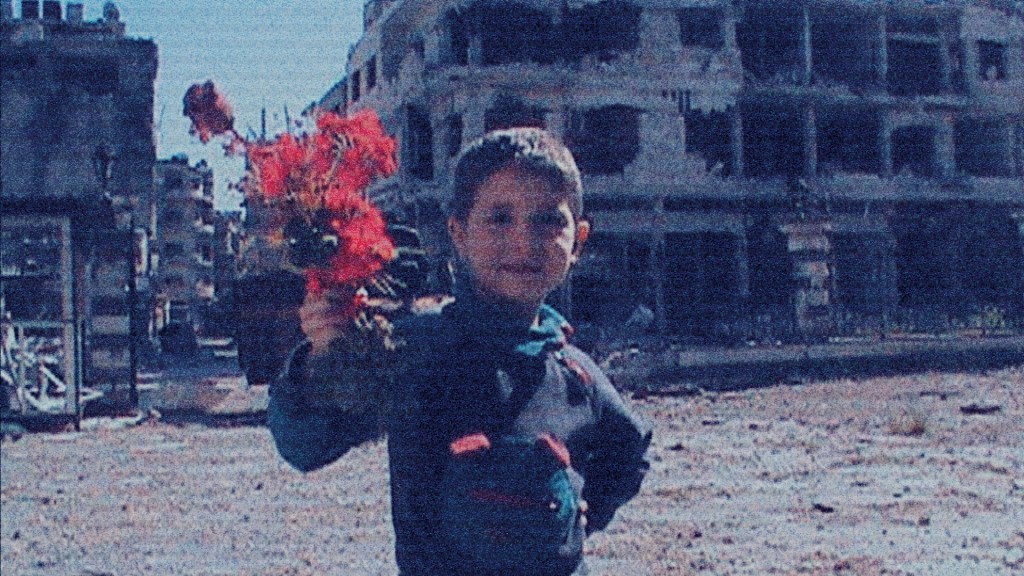
Silvered Water, Syria Self-Portrait is a documentary mostly composed of YouTube posts by anonymous activists. In this interview, the director Ossama Mohammed and documentarist and researcher Zaher Omareen lend their personal insights into its structure and significance.
For Ossama Mohammed, making Silvered Water, Syria Self-Portrait was both timely and necessary. As a veteran filmmaker, he was confronted by two new developments.
The first was the Syrian revolution and its violent repression by Bashar al-Assad’s regime. Mohammed left Syria for France in May 2011, and has never returned, believing his life was in danger after he protested against the detention of political prisoners. Living at a time when so many young Syrians had been killed, and watching the events from afar, he felt he had to respond – freeing himself from his exile by connecting with images coming from Syria.
Second, the Syrian revolution was “a revolution of images”. Footage from the demonstrations, shot on mobile phones and uploaded onto YouTube, came to be circulated around the world. Through these pixellated images, it seemed to Mohammed that Syria was suggesting a new kind of cinema, a phenomenon he contemplates in his voiceover.
At the revolution’s beginnings, activists had few weapons to confront the regime apart from their mobile phones and small cameras. The regime’s official media denied the existence of the revolution (and still does), resorting to reports of “armed gangs”, while international media lacked correspondents on the ground. As Zaher Omareen says, the only means of covering the story was through activist videos which, with their images of unarmed civilians being beaten or shot, showed a different version of events – knowledge of which led him and many other Syrians of his generation to become involved in the visual archive of the uprising.
Activist videos are now sometimes incorporated into mainstream Western media. But, as Omareen explains, “the media put the videos in a news context, and the people who died under shelling and torture become numbers.” What Silvered Water does, in contrast, is “shed light on the human side of these events. In addition to that, Ossama Mohammed put his finger on the very artistic side of this footage.” The film invites us to think about the footage in a different way. Omareen calls it an “interactive kind of film, because it shows you many things” – some of them very graphic – “but also leaves many things for you to think about later.”
Mohammed co-directed Silvered Water with Wiam Simav Bedirxan, a Syrian-Kurdish activist filmmaker in Homs, whom he met online. Its larger collective authorship is acknowledged in the credits, where he describes the film as being “by Wiam Bedirxan, 1001 Syrians and me” – a reference to 1001 Nights that suggests a stories-within-stories structure. Mohammed also worked with a young Syrian, the actress Maisoun Assad, also in exile in Paris, who began as an assistant in the research stage of finding the online material, and then became the film’s editor.
One difficulty they faced was how to build character from the vast number of “defiant” and “tragic” online images from Syria. “Cinematically, I was looking for a way to compose a character of the anonymous image-maker, the ‘hero of this time,’” filming events and rescuing them from historical oblivion. For the most part, we don’t know who these activists are, since many remain inside Syria and it’s too risky for them to reveal their identities while the regime still exists.
The film builds its intensity through the editing of visuals, voiceover narration, intertitles and sound to layer story upon story, 1001 Nights-style. The image of a newborn baby with its umbilical cord being cut is followed by mobile phone footage of a teenager being tortured in prison. (He was one of several schoolboys arrested for writing anti-regime graffiti in Deraa; their brutal treatment by police formed one of the revolution’s catalysts.) A recurrent image, the newborn baby signifies birth, implying causal links between stories. In Mohammed’s words, “The story of the boy who got arrested gave birth to demonstrations [which] gave birth to a new cinema and to the anonymous filmmaker. The first demonstration caused the first massacre [which] causes a funeral; and a massacre gives birth to the rebellion of the first soldier, Spartacus”.
Through his voiceover, Mohammed, the film’s “other author”, observes the images and makes personal associations. Behind this, he says, “there is a hidden narrator”, a Scheherazade figure whom he associates with the composer Noma Omran, whose haunting singing reverberates on the soundtrack, and co-director Wiam Simav Bedirxan, who embodies the identity of the anonymous filmmaker, narrating the story of the siege of Homs and that of the small boy Omar, gathering roses for his father’s grave – a beautiful act that recomposes the film’s painful world.
Omareen says there are “three elements” that attest to the value and importance of the archives from which Silvered Water draws. The first is documentation. Because of regime propaganda and, later on, the war’s risky conditions, “there is no neutral narration about what happened in Syria. The only thing we have, as a generation who witnessed this social movement, are these videos”.
The second is artistic value. Like Mohammed, Omareen believes that the videos have strong artistic characteristics that differ from any previous manifestation of cinema, although seeds can be found in movements such as cinéma vérité and Dogme ’95: “I’m talking about low-resolution image, handheld camera and filmmaker body-language, about death and the image of death”.
Justice is the third element. “These videos could be used by human rights organisations around the world or by any court in the future”, as evidence for trials. “We need time to collect other videos as well, because I know many activists who have been involved in the revolution since the first day are still afraid of publishing anything online as they are still in Syria”. This means the archive is even more vast than what we currently have.
Archives are not merely about the past, but also about the future. Omareen agrees. “The videos are our future. Let’s face it, we can’t rebuild our country without dealing with our past somehow,” although the task of coming to terms with perpetrators will not be easy.
For Mohammed, the artistic and justice elements are inseparable, as all Syrian activists “were resisting violence with beauty”. Their uploaded footage represents their “attempts to knock on the door of the world, justice and history”. By “beauty”, Mohammed does not mean physical beauty, an idea easily misunderstood by Western audiences. Rather, “the criterion of beauty is to rescue the tale of the victim from oblivion. Beauty is when you retain justice somewhere, even if this somewhere is in the future.” The archive is a record of the past with potential for delivering justice in the future.
With many thanks to Katya Alkhateeb, who translated the Arabic parts of this interview.
Silvered Water, Syria Self-Portrait will be screening at The Mosaic Rooms on 23 June, 2016, 6.30pm. This is the final event in The Mosaic Rooms’ series Crisis and Creativity: A Season of Contemporary Films from and about the Arab World curated by Shohini Chaudhuri.
To book tickets click here.
